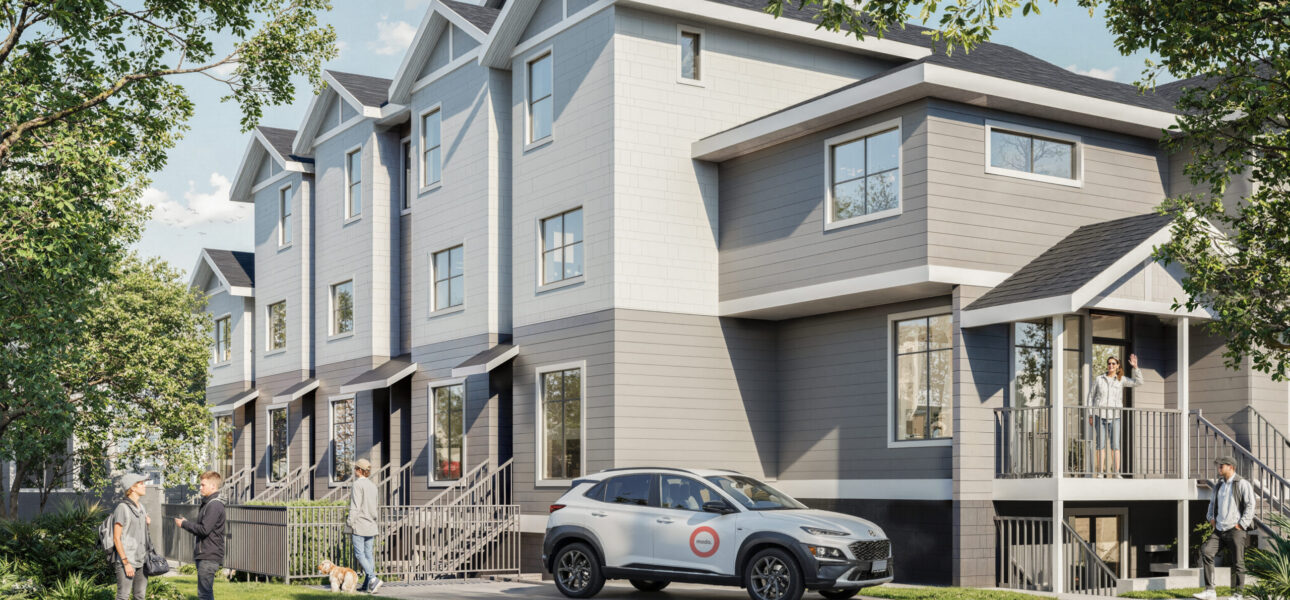How to Properly Evaluate a Build-and-Sell Project Before Investing
Investing in build-and-sell development projects can generate strong returns in a relatively short timeframe. But the key is knowing how to evaluate the risks and making sure the team can actually deliver.
Here are the main areas every investor should review:
1. Priority One: Is There Real Demand for the Product?
No matter how good the pro forma looks, if the finished homes don’t sell, the numbers break down fast.
Ask yourself:
- Who’s the target end user? Are those buyers active and price-ready in this location?
- What’s the exit price? Is it based on current comparable sales data or on optimistic future assumptions?
- How fast are similar units selling? Check the absorption rate in the submarket.
- What’s the competition? Are other developments coming online at the same time?
Bottom line: the product must be built for real people in real living situations, and pricing should reflect today’s numbers—not just a projected growth rate.
2. Can the Project Be Built Profitably?
The next step is to determine whether the project can be completed on time, on budget, and still leave room for returns.
Look at:
- Timeline: Is the schedule realistic given the scope and location? Is there a margin for error? 💡 Tip: Don’t invest if you’ll need the capital back within a year. These are illiquid investments, and schedules often slip.
- Cost assumptions: Are hard and soft costs based on actual quotes, or just square-foot estimates? Are they using fixed-price contracts?
- Margins: What’s the projected profit margin before investor payouts? Ideally 15–25% or higher. The further you are from construction, the larger this buffer should be.
- Contingencies: Is there a line item for cost overruns and delays? There should be.
For-sale projects don’t generate cash flow along the way. Returns only come at the exit, which makes protecting that exit critical.
3. Evaluate the Sponsor: Can They Execute?
This is where most deals succeed or fail. The sponsor’s ability to execute—permits, construction, budgeting, and sales—is everything.
Review:
- Track record: Have they built similar projects before, in this region, at this price point?
- Key team members: Who is responsible for design, permitting, GC work, and sales? Are those relationships already in place?
- Cash flow discipline: Most projects fail not because they aren’t profitable, but because they run out of capital.
- Reporting: Will you get regular updates with photos, timelines, and budget tracking?
👉 You’re not just investing in real estate—you’re investing in a team’s ability to pull off a complex operation on schedule. That’s execution risk, and it’s the biggest factor to evaluate.
4. Political and Permitting Risk
In build-and-sell projects, permits and approvals can eat into margins faster than anything else.
Ask:
- Is the site already zoned correctly, or does it require rezoning, variances, or public hearings?
- Where is the project in the approval process—submitted, issued, or still conceptual?
- How does the city view development? Some municipalities are supportive, others delay or resist.
- Are there neighbors or community groups likely to challenge the project?
While routine bureaucracy is unavoidable, major political risks should be avoided.
Final Word
Build-and-sell development can be a focused, high-performing investment strategy—when managed correctly. Unlike rental projects that generate slow, long-term income, these are designed to create value quickly through construction and exit.
📌 Typical horizon: 18–24 months, with a clear plan from day one.
Success depends on four fundamentals:
- The market – Is there real buyer demand, and are units priced to sell under today’s conditions?
- The pro forma – Do the numbers hold up under conservative estimates, with buffer built in?
- The team – Can the sponsor execute the plan? Do they have the right experience and people in place?
- The approvals – Where is the project in the permitting process, and are there political or community headwinds?
When these four pieces align, build-and-sell projects provide investors with a direct, time-efficient way to grow capital—often with preferred returns, investor-first structures, and asset-backed security.
They aren’t for everyone. But for investors looking to diversify beyond public markets into something real, tangible, and well-structured, this is a strategy worth serious attention.


